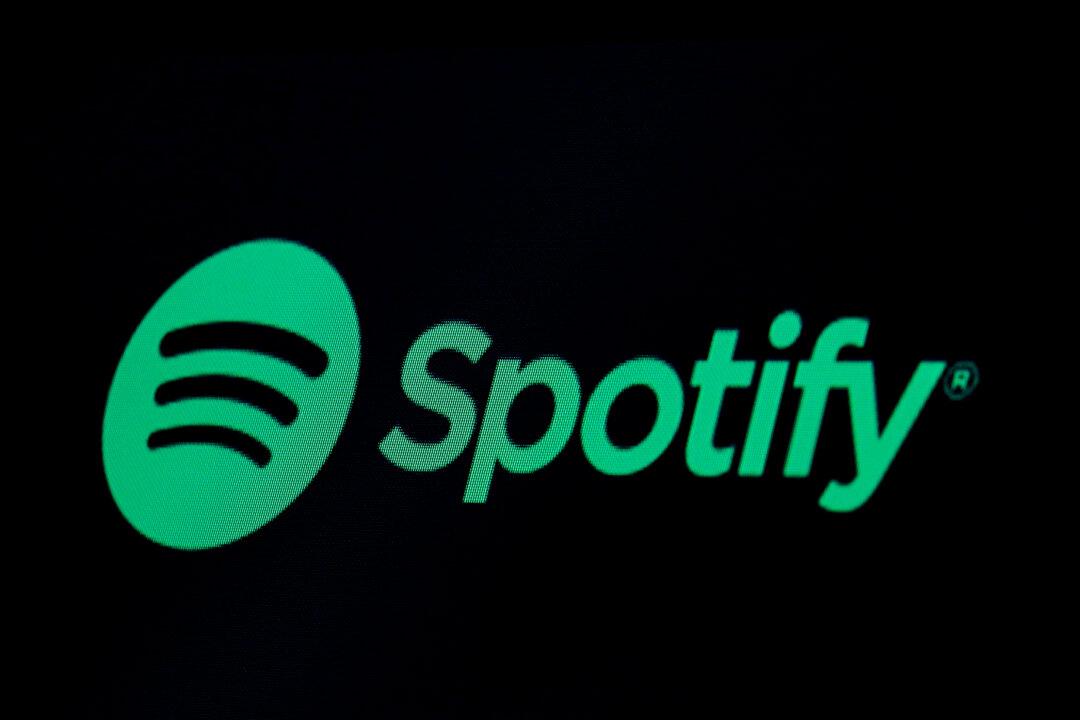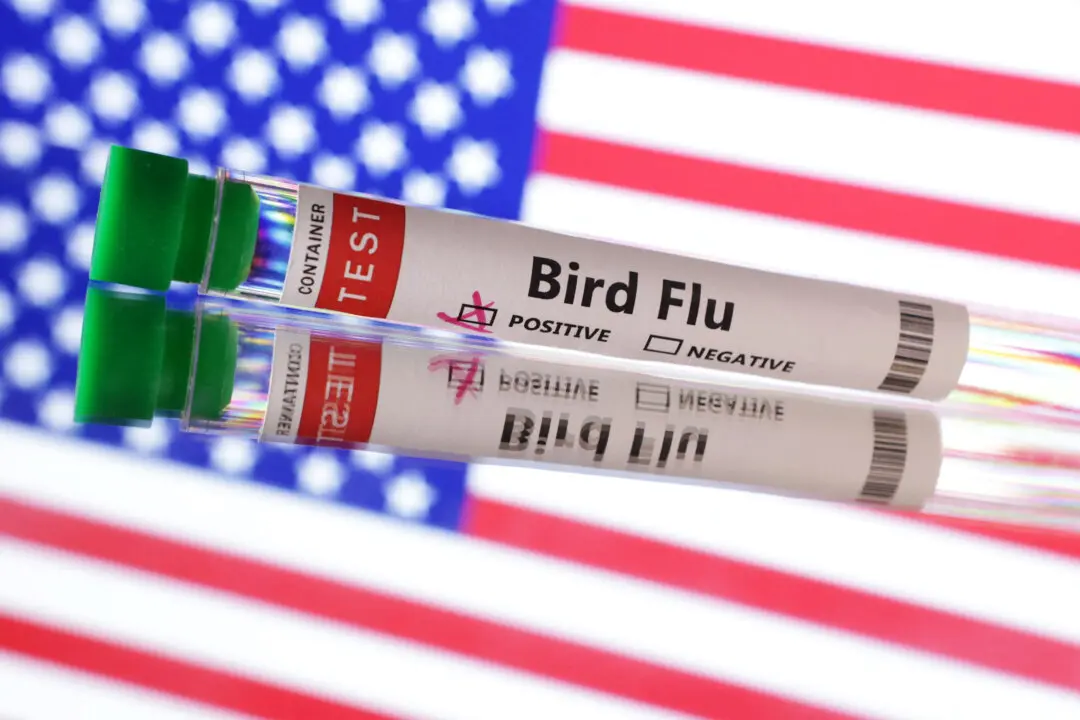LONDON/STOCKHOLM—Spotify sent its shares tumbling as much as 10 percent on Nov. 1 after the world’s most popular paid music streaming service said it would continue to sacrifice profit margins to generate future growth.
The Swedish company came close to making its first-ever operating profit in the third quarter, years ahead of schedule, which the company said was because it had not been spending heavily enough to hire more engineers.





